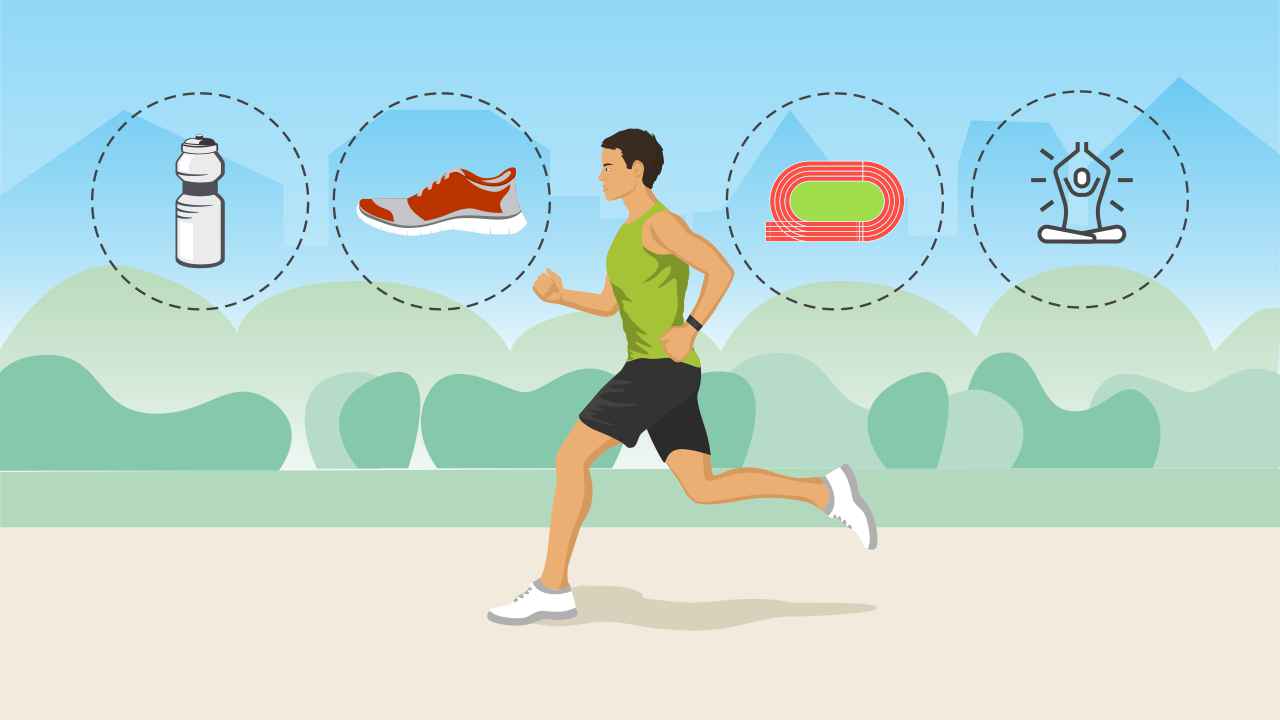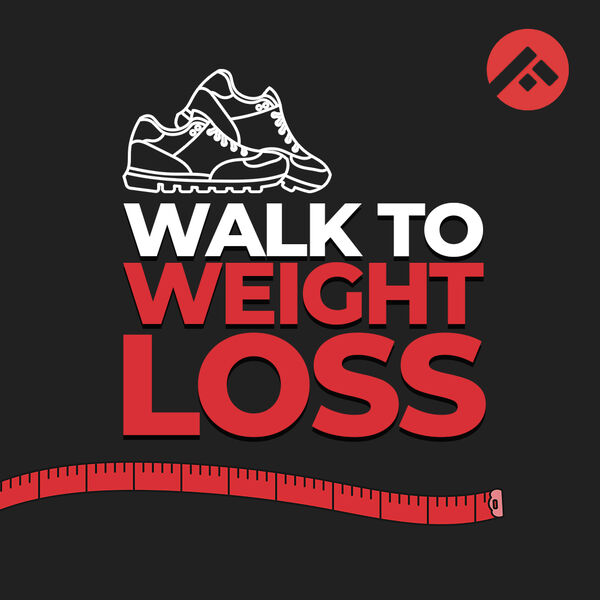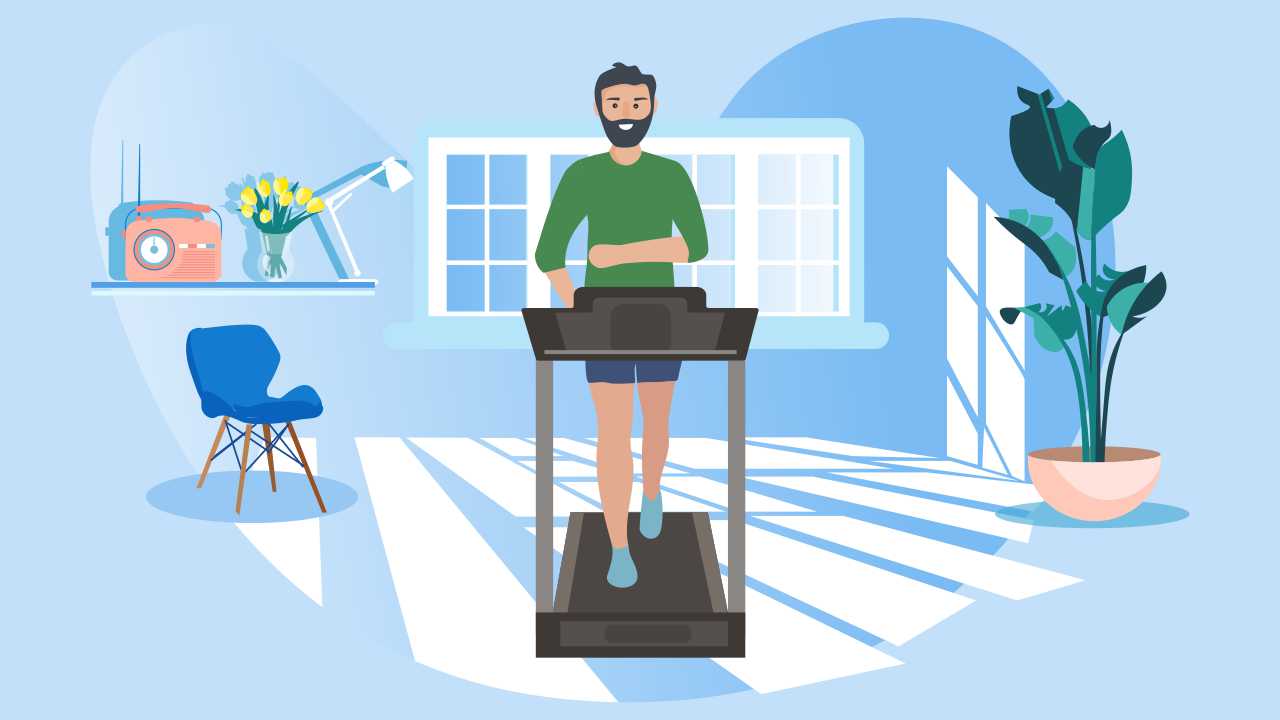
From Couch to Running 5K

You may have just decided to ditch your sedentary lifestyle and get fit with a running regimen. After all, physical activity is of paramount importance to boost your health and immunity. But you can’t just haul yourself out of the couch and attempt your first 5k run. You would need some guidance to nudge you towards the right steps to get moving from couch to 5k and eventually run a half marathon.
Also read: Running Tips for Beginners
Here are a few tips to keep in mind to help you create an effective 5k training plan.
Check your health status
The program presumes that you have been sedentary. So, you need to first take stock of your health status. The Physical Activity Readiness Questionnaire formulated by the American College of Sports Medicine is a comprehensive four-page document called the PAR-Q form. It has a list of questions that you need to answer. If the answer to any of the questions is yes, then it is advisable to consult your medical practitioner for further evaluation.
Opt for an appropriate pair of shoes
As a beginner, it is best to buy a regular running shoe from a reputable brand. Buy your shoes at the end of the day because your feet tend to swell by the evening. Make sure there is sufficient space above your toes, so that you can wriggle them around. The shoe should feel comfortable when you wear it and walk or run around the store.
Select suitable apparel
The best thing to do is dress as light as possible after evaluating weather conditions. When it is warm, a pair of shorts and a T-shirt made of breathable fabric is all you will need. Women should buy sports bras to minimize breast injury and soreness during runs. The bra should be of firm, durable construction holding the breast close to the body with non-slip, non-stretch straps, and should have no irritating seams or fasteners next to the skin.
Even if the weather is cold, remember that running generates heat and you should not dress as if you were at rest.
Choose safe training routes
Pick a safe route that has less traffic and pollution, but ensure that you do not run on an isolated route where you cannot access help in case of an emergency. Always run facing the traffic. This way you are aware of what is coming towards you. Avoid running after it gets dark, but if you do so, then wear bright, reflective clothing.
Monitor intensity
When you begin training, the intensity should be gentle and comfortable. The best way to achieve the correct intensity is to monitor effort level and see how the body responds.
One of the best ways to gauge intensity is with the so-called Talk Test. In this, you should be able to carry on a conversation while jogging without becoming short of breath. In case the effort of the jog makes you breathe harder with an inability to hold a complete sentence, it means you are straining and should slow down.
Focus on strength and flexibility
Injuries in runners are caused by muscle overuse, which in turn results in muscle imbalance. Strengthening the hips, calves, and feet prevents such imbalances. Likewise, strengthening the core will help you maintain proper posture. The next focus should be on flexibility. Your glutes, hamstrings, quads, and calves will become tight as a response to training. So a combination of flexibility and mobility should feature in well-rounded training. Taking up yoga along with running can be a good idea to achieve flexibility and mobility.
Also read: Can Yoga Make You a Better Runner?
Be mindful about nutrition
As a runner, you have to fuel properly to deliver the best performance. You need to know three key nutritional elements that will help you train smart and ensure optimum recovery.
What you eat before and after training is of prime importance to help you maximize performance. Carbohydrate, protein, and fat are the three building blocks of an endurance athlete’s diet, and most of your meals should have these components. It is important to eat a wholesome diet comprising grains, fruits, vegetables, dairy, protein, and healthy fats.
Before a run, ensure to eat a small snack like a fruit since it allows easy digestion. During the run, drink adequate quantities of fluid or electrolytes depending on the weather so that you do not risk dehydration. After every run, have a meal as soon as possible and drink enough water to get clear urine.
Follow the run-walk method
The run-walk method is an effective technique for improving endurance for a beginner runner. A beginner does not have the aerobic capacity to sustain running for a prolonged period. The run-walk method helps you to take periodic breaks. It is a simple method in which you run for a while until your heart rate is elevated and then you recover with a walk to allow it to settle. You move back and forth on this method and cover a certain distance or stay on your feet for a defined duration.
The intervals between run and walk will vary. Someone who is unfit and just joining a run-walk program may alternate between 30 seconds of running and 2 minutes of walking. A beginner who is relatively fit may start with a 2-minute run followed by a 2-minute walk.
Advantages of the run-walk method
- Use of leg muscles are for a short period to help reduce muscle fatigue
- Lowers stress on the joints due to lower impact from walking periodically
- Provides quick recovery from training
- Motivates beginners to build progressive endurance
- Reduces aches and pains
- Helps in weight loss
Now that you have reviewed and assimilated the suggested guidelines, it is time for you to understand and follow the six-week 5k training plan explained in the below table:

Important points to remember
- Take up strength training on the days prescribed
- Ensure you stretch after every run
- Rest adequately; allow your body to recover by not taking up any other sport or fitness activity
The above program will surely work if you stay consistent. Once you’ve done the first 5K, it is a matter of either changing the run-walk ratio to get faster or moving on to our other program to do your first 10K, which is an integral part of your overall half marathon training plan.














